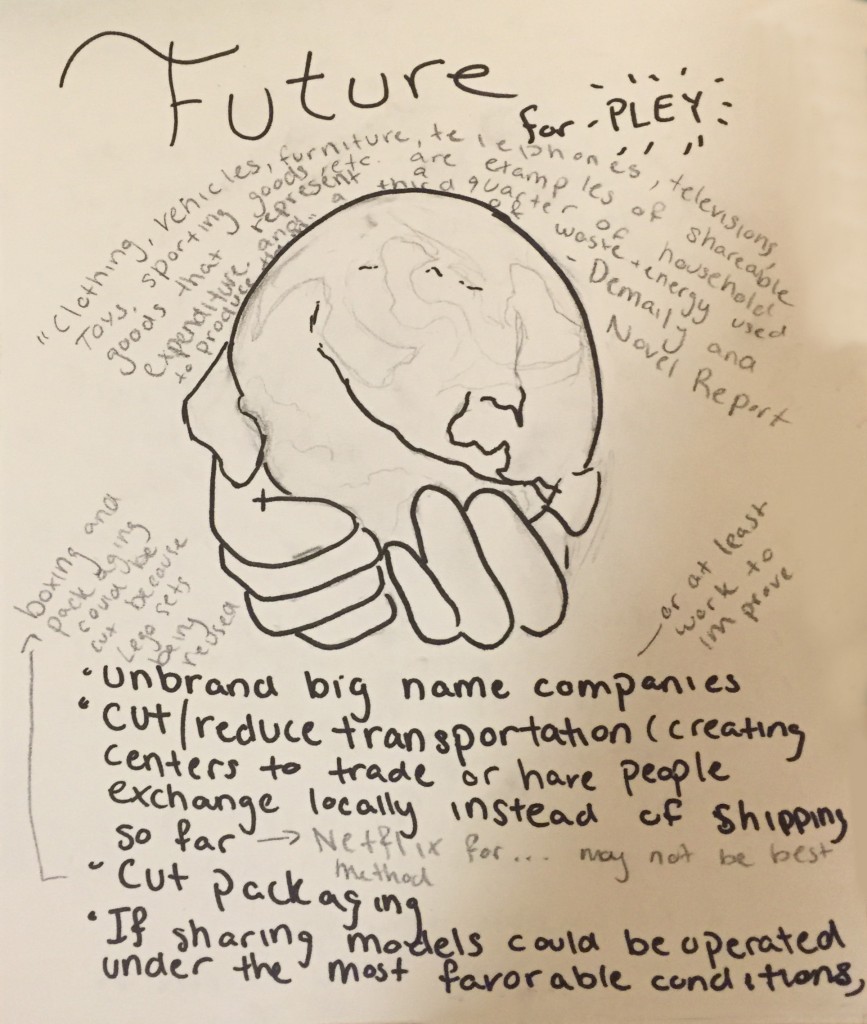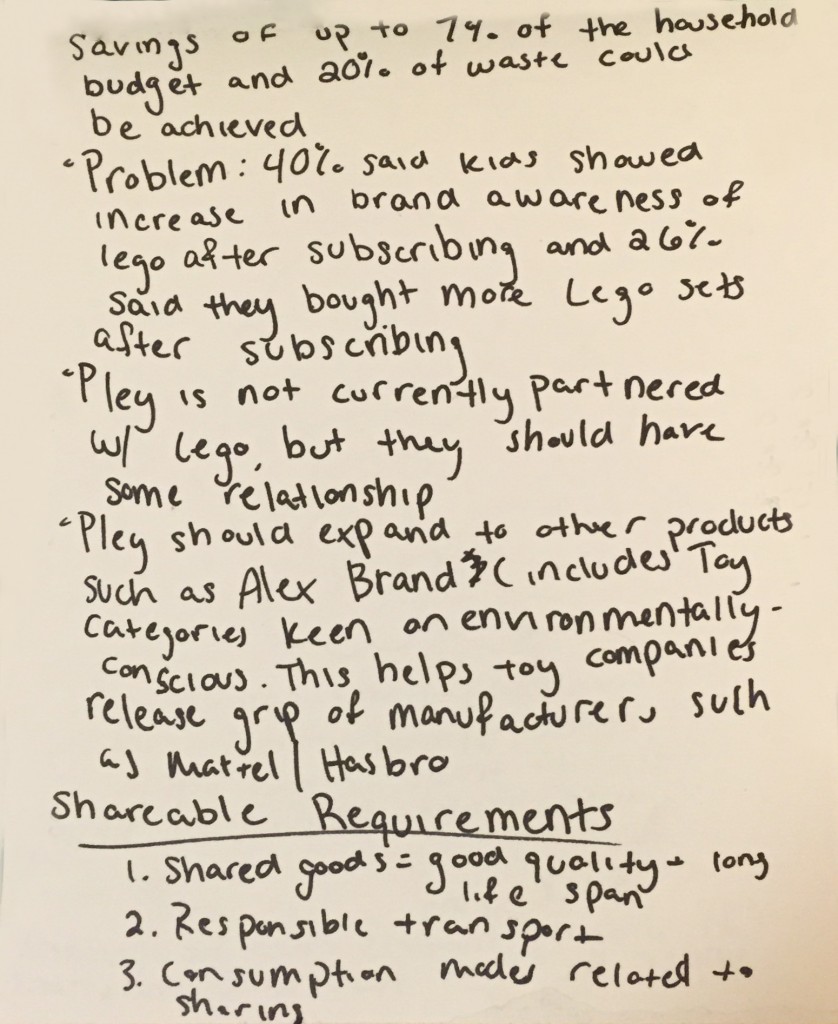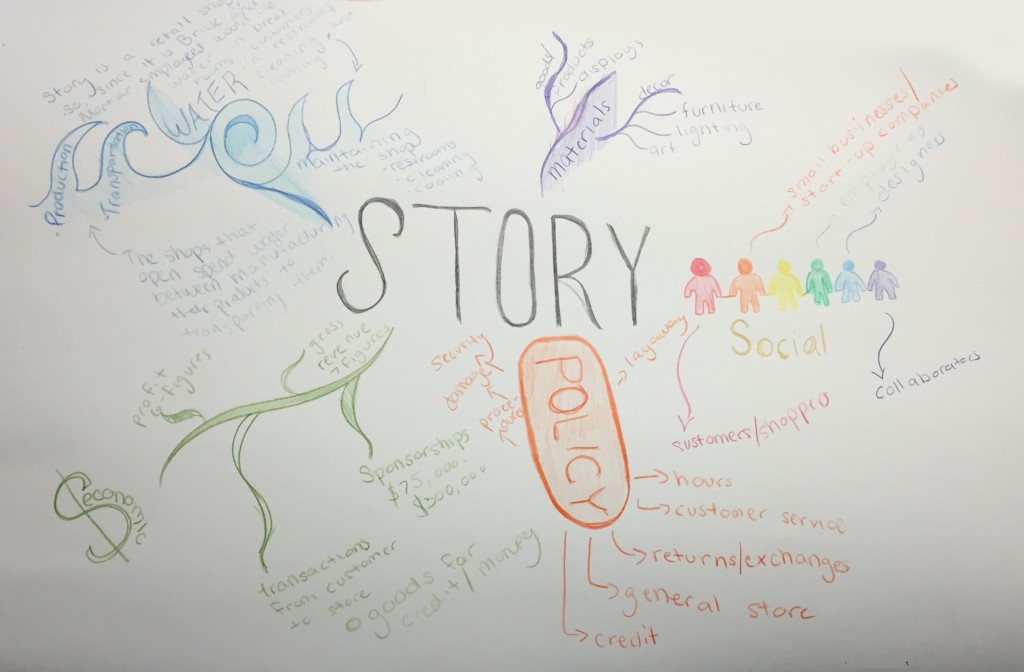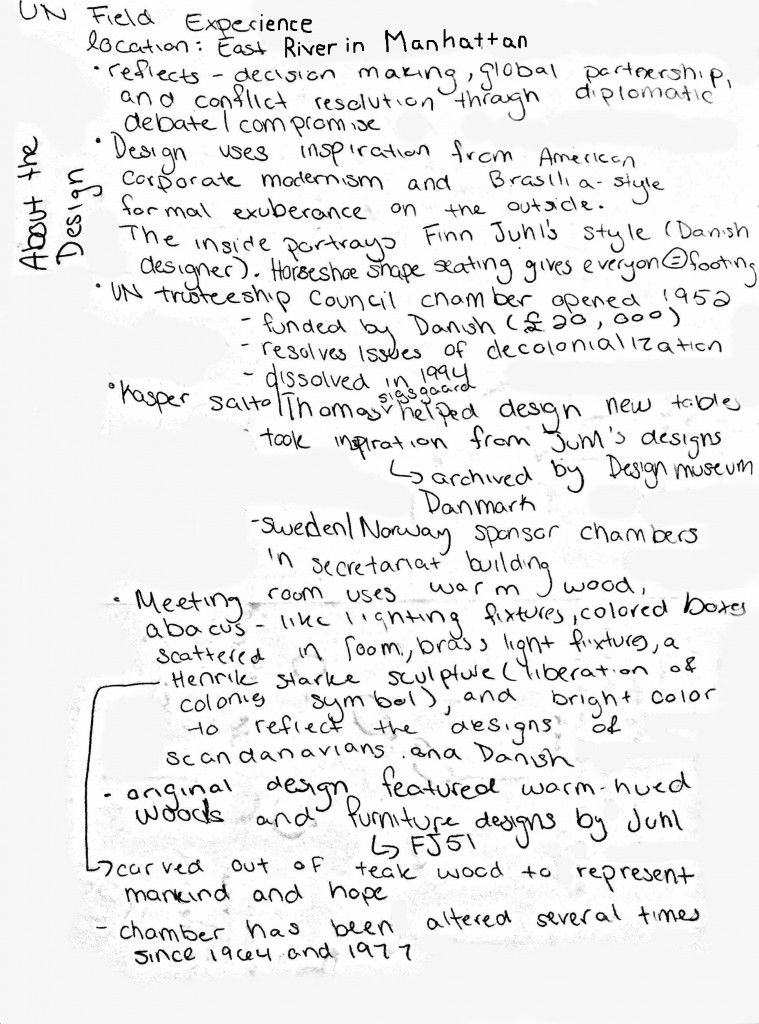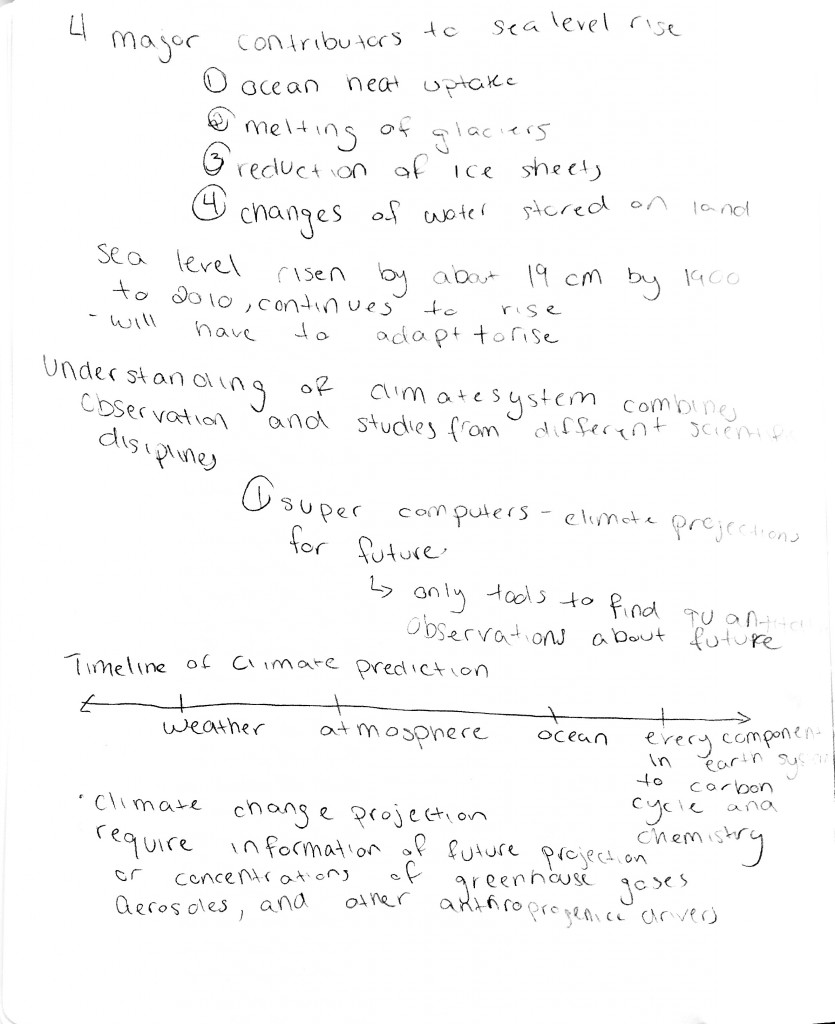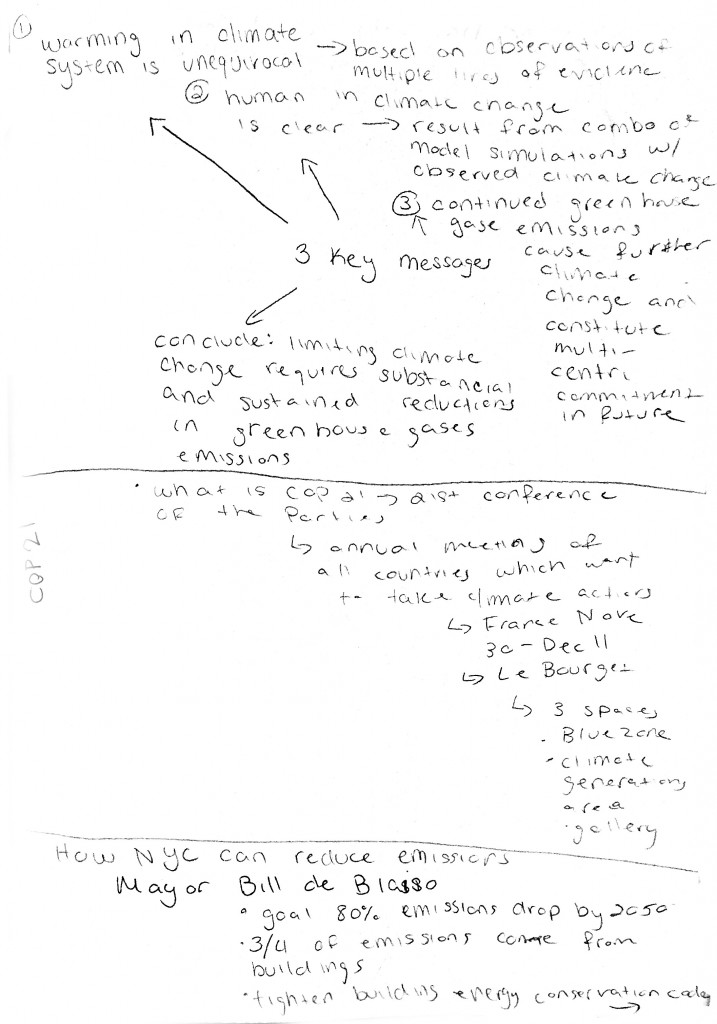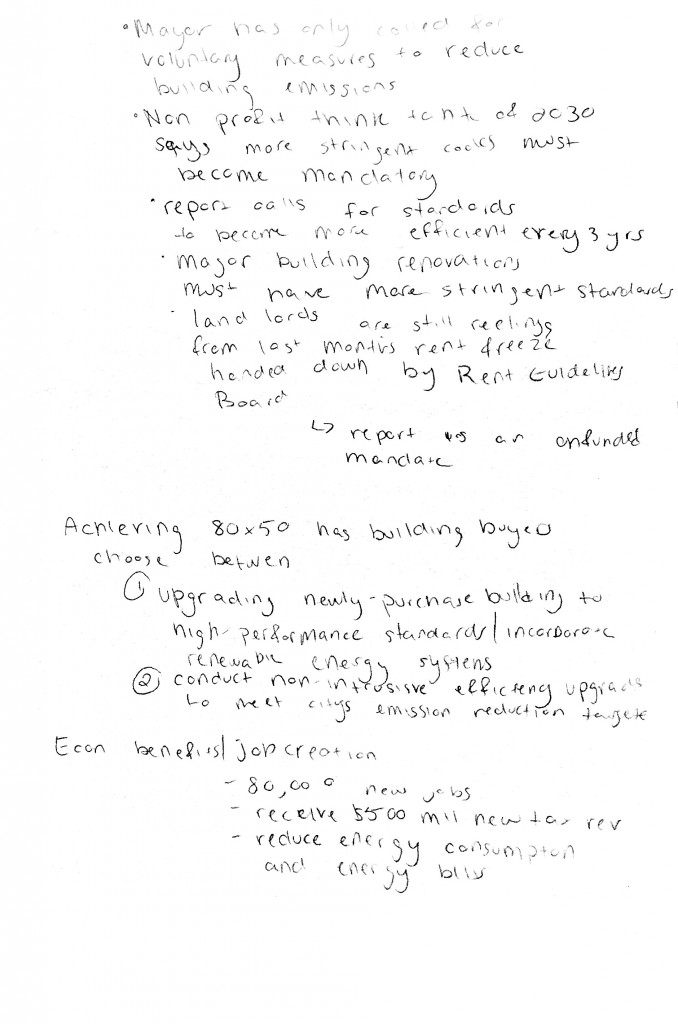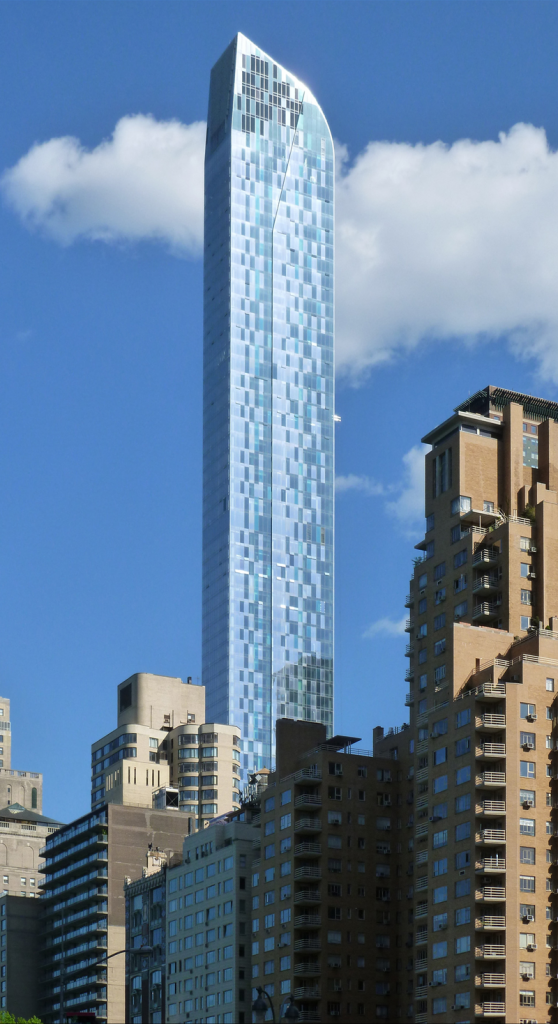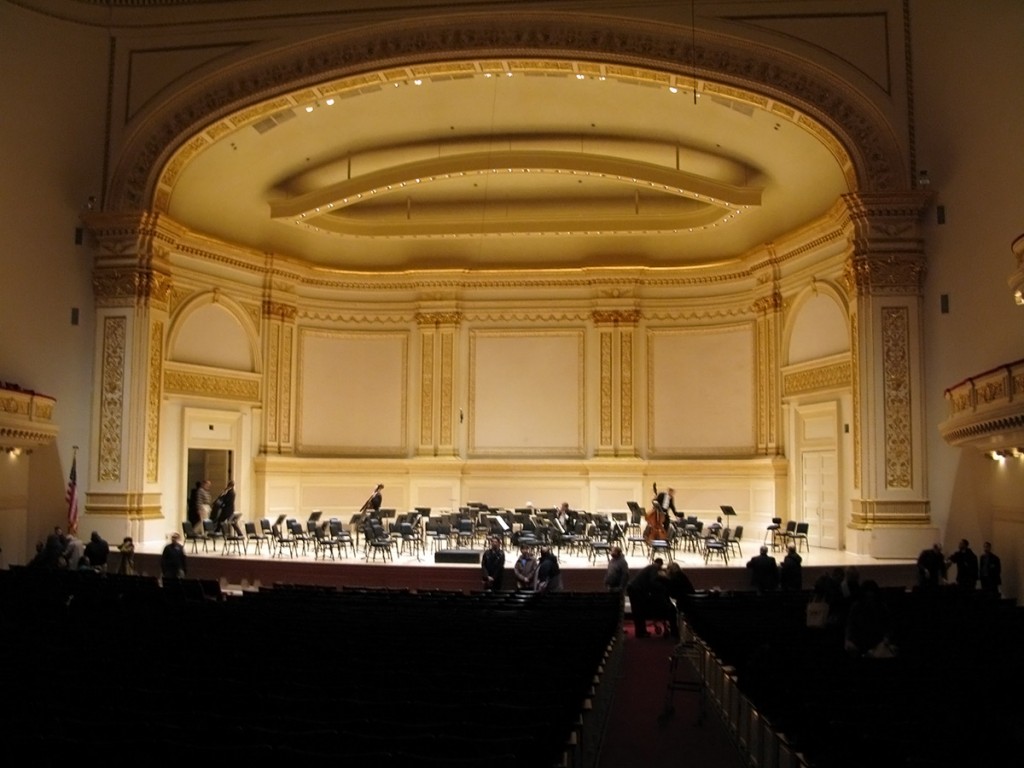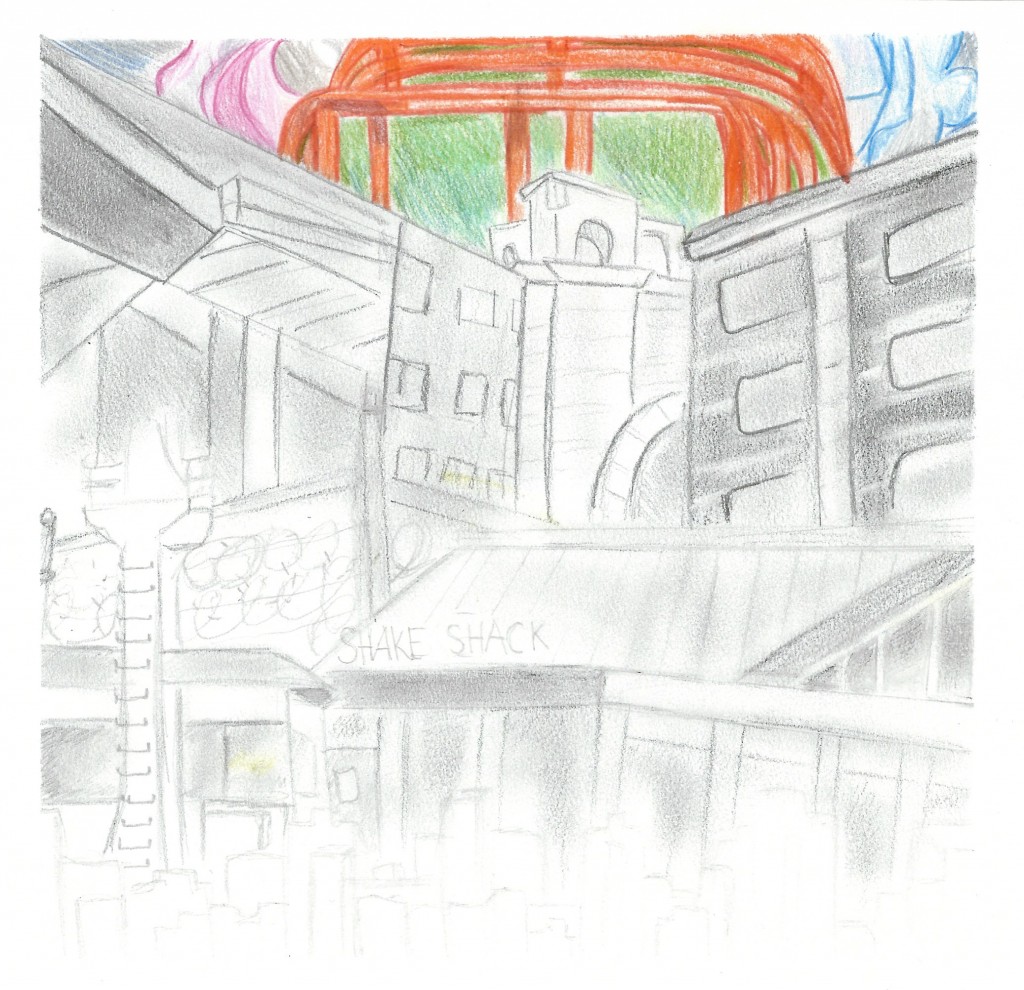For a sizably large park, Tompkins Square Park lacked the crowd you would typically see in locations such as Union Square and Washington Square. To most, the name and location may seem hardly as recognizable compared to the rest of New York’s attractions even though its historical résumé qualifies the park to be just as important. The foundational reason for building Tompkins Square was the same as most other parks in the city, to increase land value and stimulate construction. However, the park’s vibe gives its own unique touch to the city that shouldn’t be forgotten (Van Hom, “A History of Tompkins Square Park”). It now serves as a retreat for those in the area looking to escape the noise from the hustle of the New York.
From first glance of the park, the place is a lot quieter than most other green spaces established in New York, as it lies hidden by the surrounding residential buildings and neighborhood cafes. With only two people resting under the Hare Krishna tree, this makes it an easy place to think in the heart of the park. There was no sound of construction or tourists to disturb the peace, just a path of grey stone under a ring of benches and the iconic piece of greenery. The sounds of Prabhupada and his followers chanting the Hare Krsna mantra still looms in the background. The only thing left behind to remember him is a bland plaque, covered up by the benches that park frequenters used to rest and turn their backs to the park’s history (“Srila Prabhupada’s Hare Krishna Tree”).
Heading towards the north side of the park and incoming from the right side of the tree is was the place to stumble across the dog park. Owners watch over their companions as they taste their sweet hour of freedom after being cooped up in one-bedroom apartment complexes all day or tin townhouses.
Pushing past the crowd that was no where to be found, I made it to a gathering spot where both children and nannies invaded the space. Instead of using the new modern playground or the ball court, the class created havoc in the courtyard behind the neglected Slocum Disaster Memorial. Even though it is the only structure built to keep the memories of the tragic and disastrous event that happened a hundred years ago, it remains a forgotten fountain that is decaying due to a century of city air and acid rain (“Slocum Disaster Memorial Fountain”).
Most other recreational areas aside from this courtyard were seemingly vacant. Not many gathered by the chess tables by the Samuel Cox statue aside from two old men having lunch and playing the game. Even the massive stone ping pong structures seemed very desolate until a woman came along and began stretching on top of the table.
Tompkins Square isn’t what it once was. There’s now a green market that frequents the park every Sunday (“Tompkins Square Greenmarket”) rather than the Tompkins Square Milkhouse that was built in the same location in the 1910’s (Bowery Boys, “The Ragged, Rebellious History of Tompkins Square Park”). All this covers up the comparably dismal past.
It’s not like the past always suffered through dark times. In fact, the original intentions of the park had pretty high expectations as area was originally foreseen to be as elegant as the districts toward the west until a widespread economic disaster spread throughout the city and country in 1837 (Van Horn, “A History of Tompkins Square Park”).
There are still elements to this park that bring back old memories of the Butcher’s era back in the 80’s, when Daniel Rakowitz went around serving the homeless soup made from his roommate and lover (Lee, “Butcher of Tompkins Sq. hopes to gain his release”). The homeless still gather in the center to lay about. But, the amount that bum around is underwhelming compared to the numbers of the Tompkins Square tent city. Since Mayor Ed Koch passed a 1am curfew and the 1988 riot, it’s as if those big old tents the homeless called shelter barely existed (Fleming, “Fight the Power: The 1988 Tompkins Square Park Police Riot”).
Those who come from the outskirts, those who have never stepped in this part part of the east side before may cringe at the thought of coming to this park. Afraid they might be stalked, tackled, and bludgeoned. However, those who remember the park when it hit rock bottom will just laugh in the stranger’s face. They’ll claim they know nothing of danger. They’ll twist Mayor Koch’s word’s “If you cannot afford to live here, move” (Fleming, “Fight the Power: The 1988 Tompkins Square Park Police Riot”) into their own version to warn visitors that if they can’t handle it they should just leave.
They’re angry at the ignorance of idiotic statements from the unaware tourist who passes by while throwing comments about how they would never bring their children to such an unsafe neighborhood even though Tompkins Square has already been cleaned up. Old timers will remember back in the days when it was normal for bike tires to flatten from the unsterile needles scattered across the ground from the many junkies that frequented the park.
Now that the park has finally been renovated, it was so peaceful being able to wander around. Everyone is kept to themselves in this spacious park. The homeless don’t seem to irritate the visitors of the park. Instead some actually interact with the guests and are just another friendly face.
One man, casually walking his dog didn’t seem to mind the stranger who sits next to him just to chat. Although the nannies do mind if you snap pictures near their children. They cut their sentences short, letting their conversation go from “maybe the bean bags, we should move them.” cut to “please step away from this area,” in order to keep the minors relatively safe.
The site was empty and tucked away behind many residential areas. This made the area both more eerie and calming. Historically, the park is major symbol for many of the problems that arise in New York. The social struggles the park faced between riots to homicide can be witnessed in just the air that surrounded the park (Fleming, “Fight the Power: The 1988 Tompkins Square Park Police Riot”). When walking around, all of this seems like nothing more than a faded memory with nothing more than a few of the homeless and the stale air to remind us that the events still existed there.
Works Cited
“Calendar of Events.” Tompkins Square Greenmarket. N.p., n.d. Web. 14 Nov. 2015.
Fleming, Joe. “Fight the Power: The 1988 Tompkins Square Park Police Riot.” Complex. N.p., n.d. Web. 28 Nov. 2015.
Horn, Laurel Van. “Lower East Side Preservation Initiative.” A History of Tompkins Square Park. N.p., n.d. Web. 14 Nov. 2015.
Lee, Tien-Shun. “Butcher of Tompkins Sq. Hopes to Gain His Release.” Butcher of Tompkins Sq. Hopes to Gain His Release. N.p., 28 Nov. 2015. Web. 07 Dec. 2015.
“Slocum Disaster Memorial Fountain, New York, New York.” RoadsideAmerica.com. N.p., n.d. Web. 28 Nov. 2015.
“The Hare Krsnas – HDG A.C. Bhaktivedanta Swami Srila Prabhupada – Hare Krishna Tree, Tompkins Square Park.” The Hare Krsnas – HDG A.C. Bhaktivedanta Swami Srila Prabhupada – Hare Krishna Tree, Tompkins Square Park. N.p., n.d. Web. 10 Nov. 2015.
“The Ragged, Rebellious History of Tompkins Square Park – The Bowery Boys: New York City History.” The Bowery Boys New York City History. N.p., 10 Jan. 2014. Web. 30 Nov. 2015.

